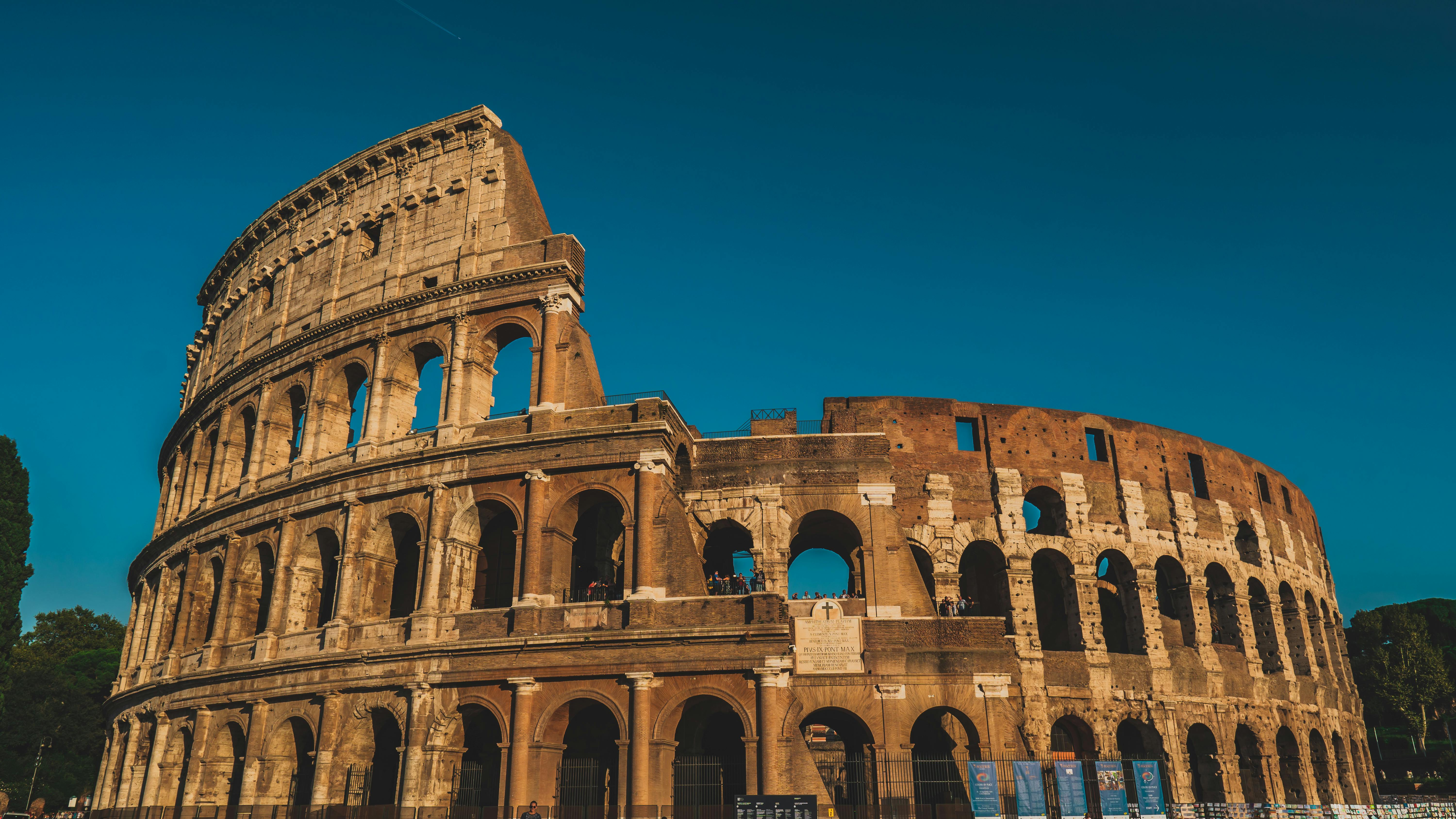The Colosseum, also known as the Flavian Amphitheatre, is an
iconic symbol of ancient Rome. Completed in AD 80 under Emperor Titus, it was the largest
amphitheater ever built, capable of holding up to 80,000 spectators. The Colosseum was primarily
used for gladiatorial contests, animal hunts, and public spectacles such as mock naval battles.
Despite damage from earthquakes and stone robbers, it remains one of the best-preserved structures
of Roman antiquity. Today, it is a major tourist attraction, representing both the grandeur and
brutality of Roman civilization.
The Colosseum is not only an architectural marvel but also
a symbol of the grandeur of the Roman Empire at its peak. Its elliptical design allowed for
efficient crowd control, and its retractable awning system provided shade for spectators. Over the
centuries, it has inspired awe and reverence, representing Rome’s blend of entertainment,
engineering, and culture. Today, ongoing restoration efforts help preserve this ancient wonder,
making it accessible to millions of visitors annually, serving as a reminder of the city's glorious
past and its enduring impact on world history.
